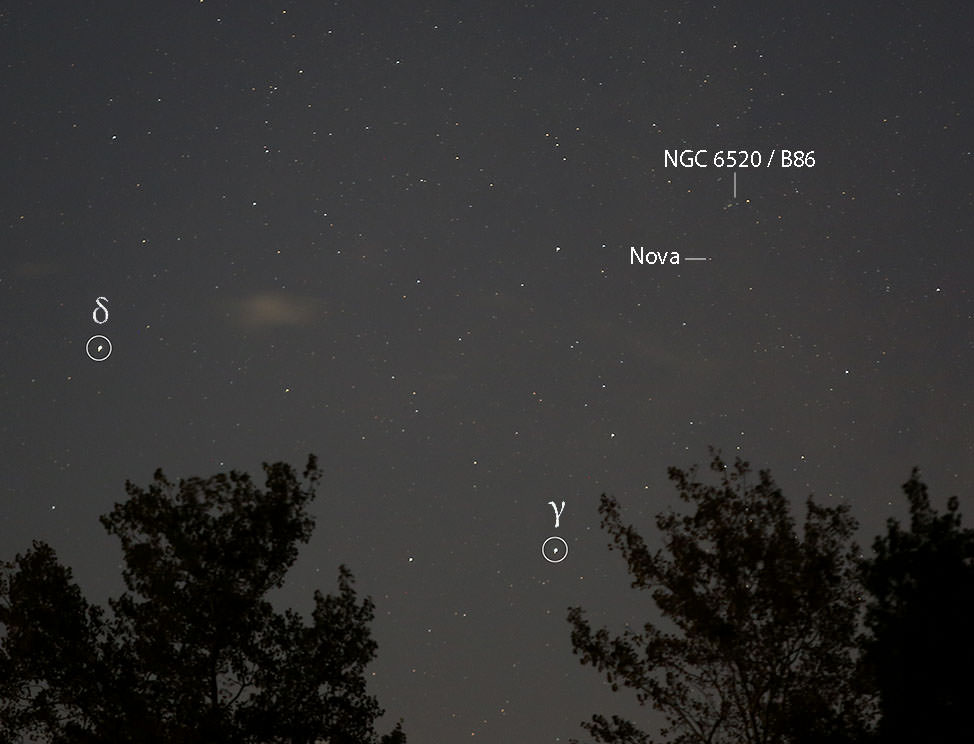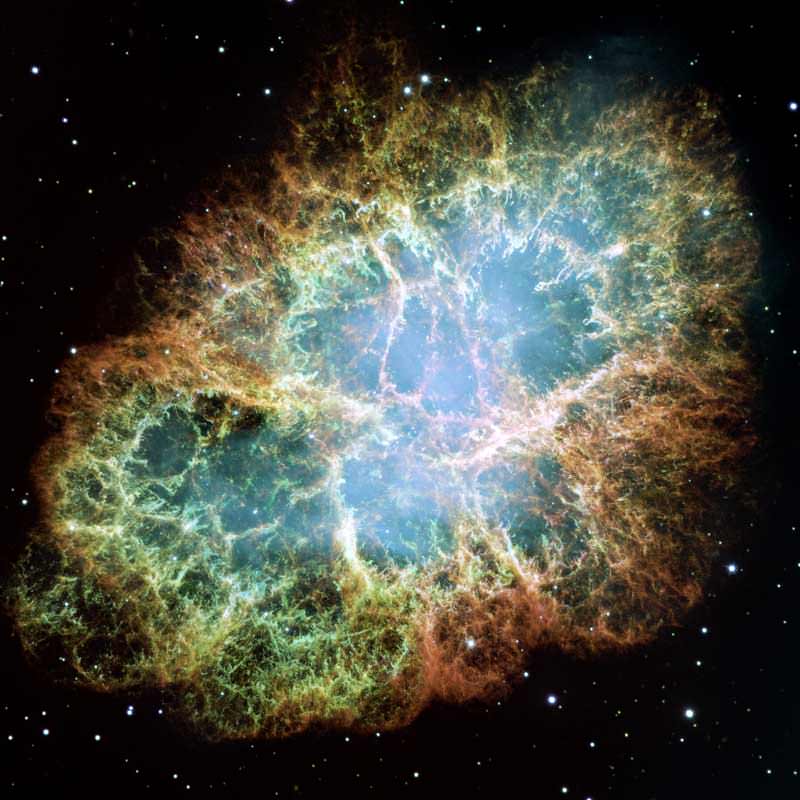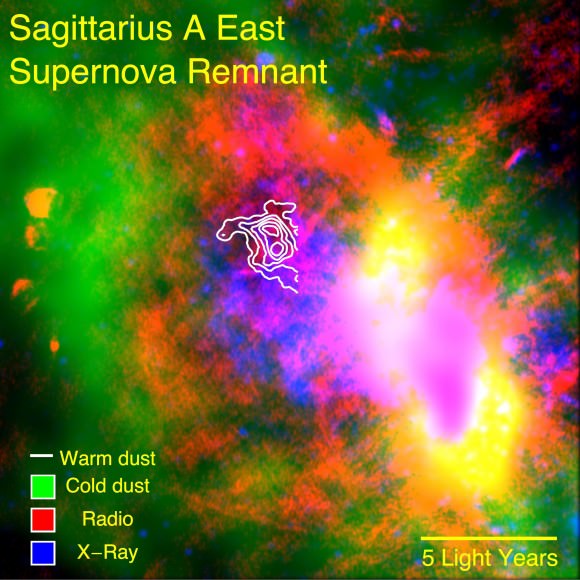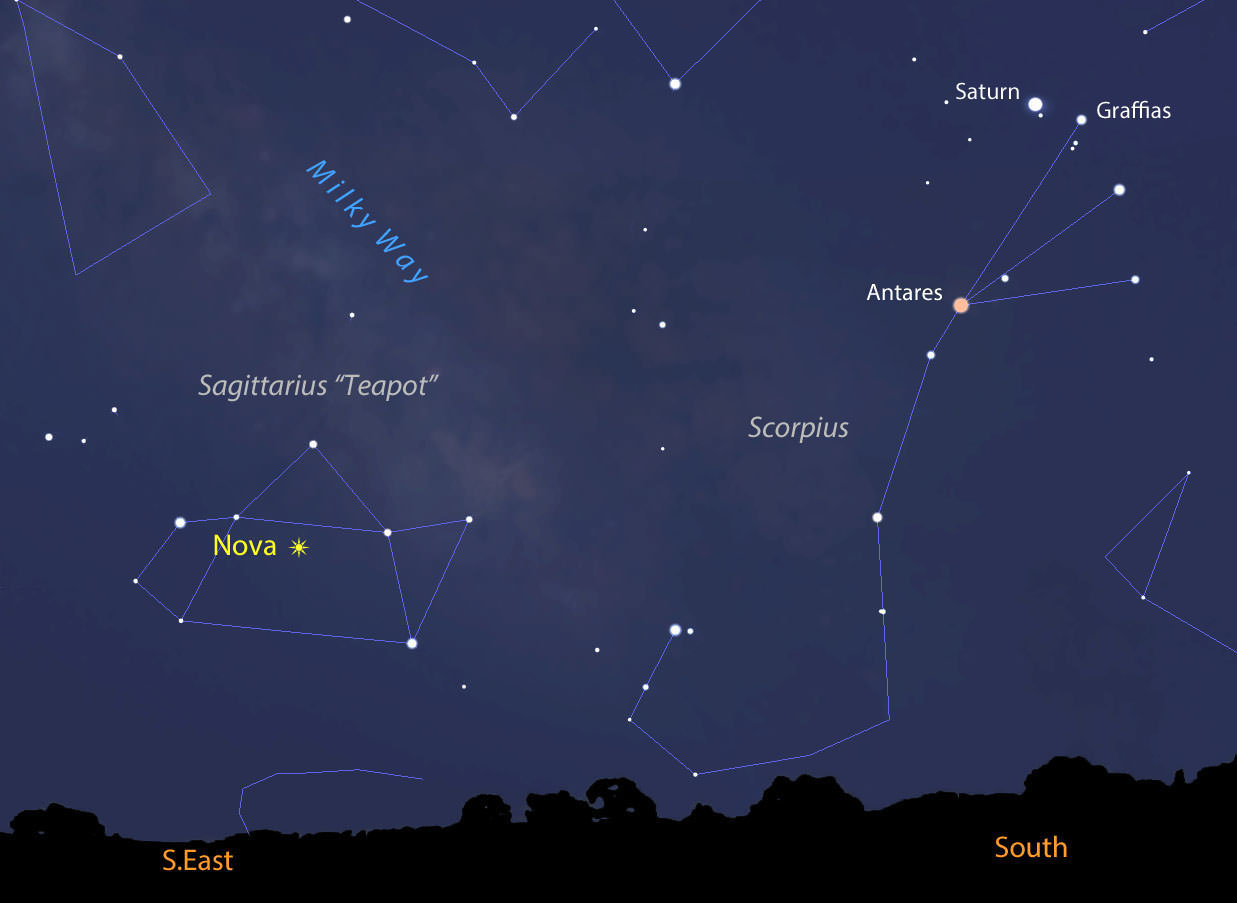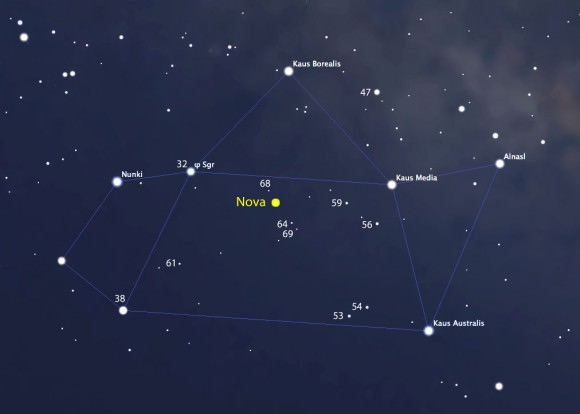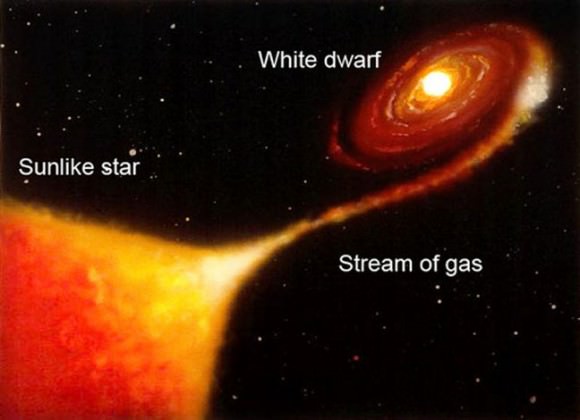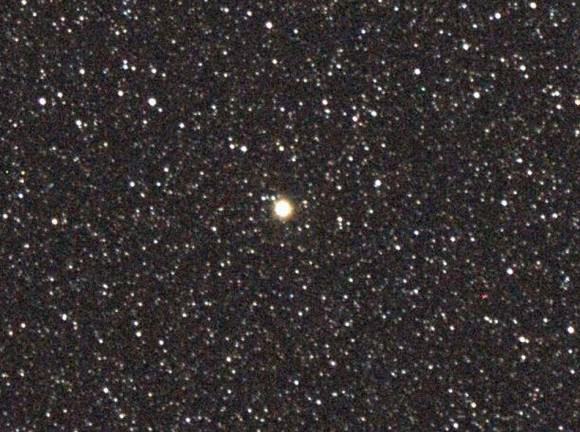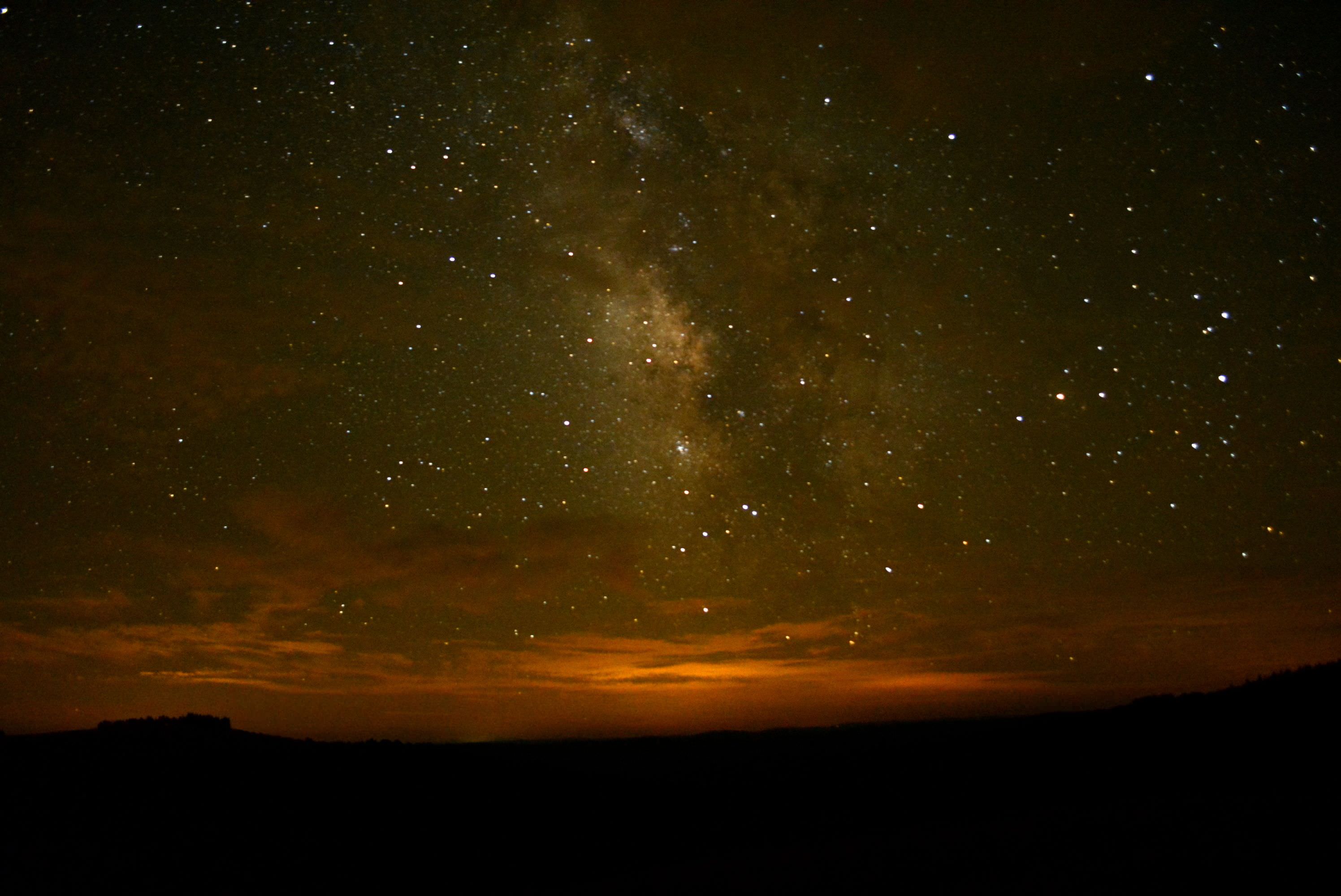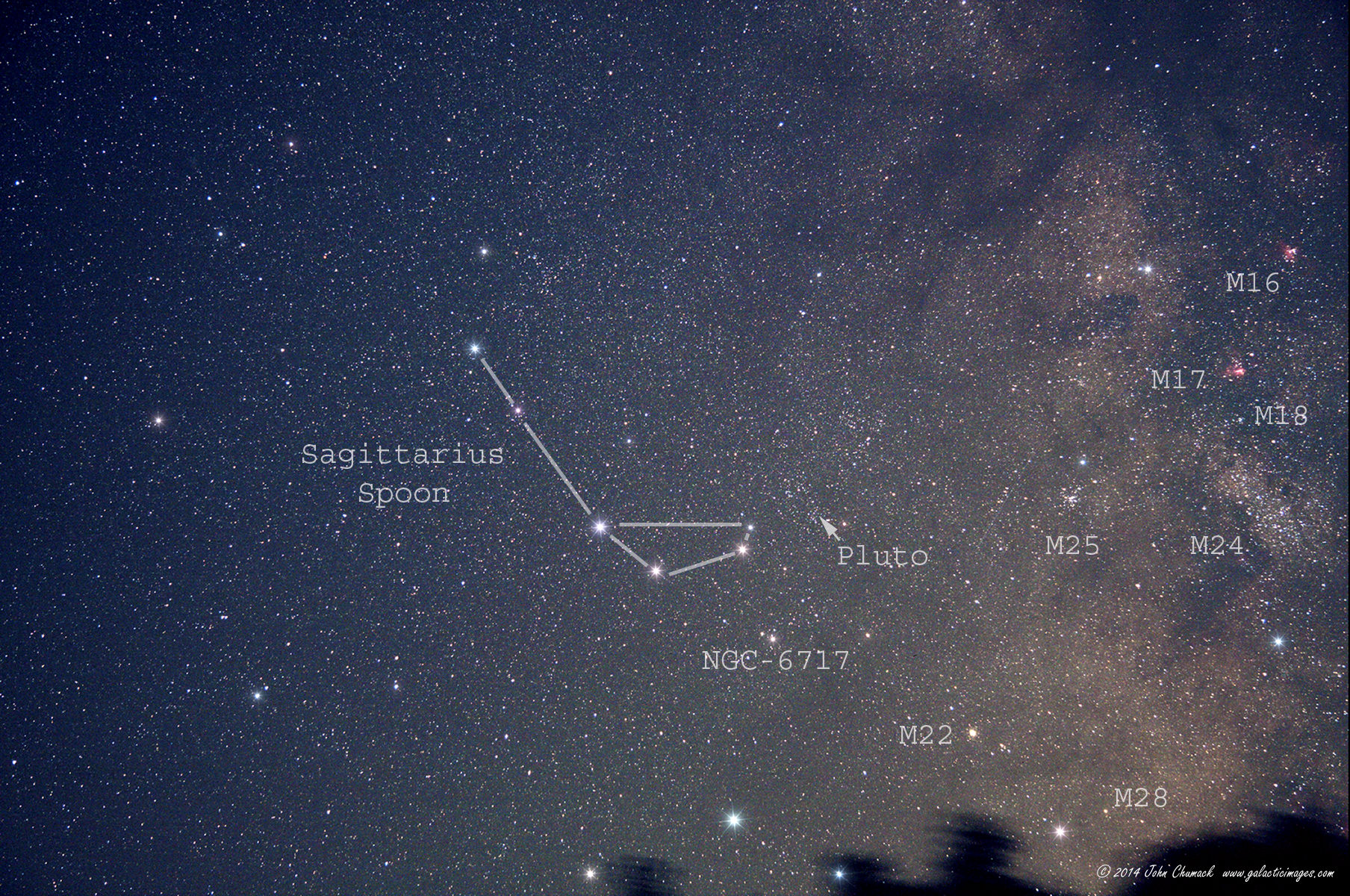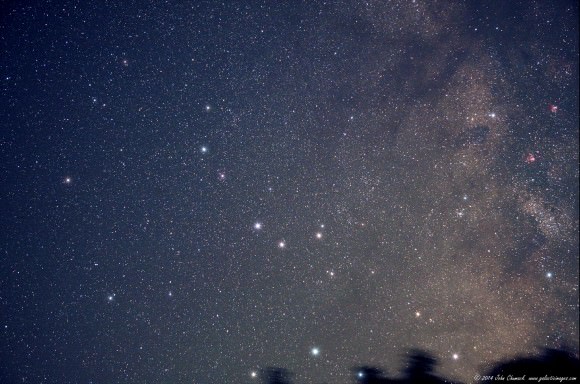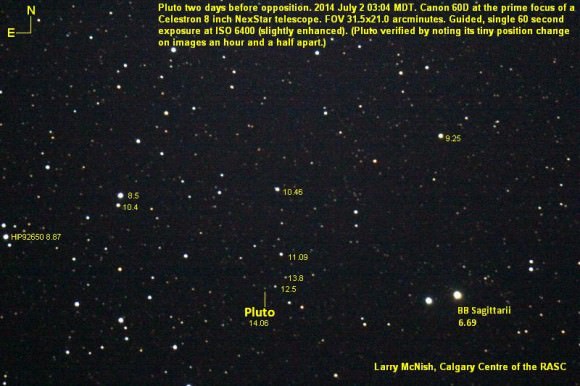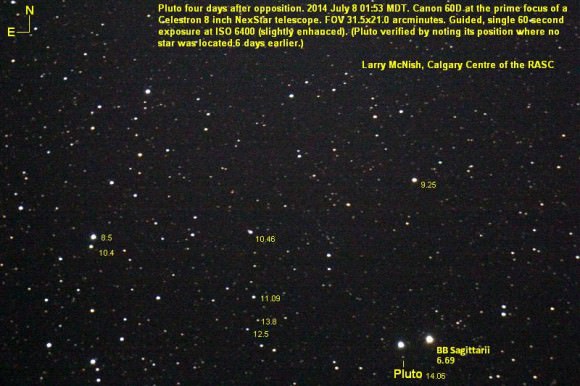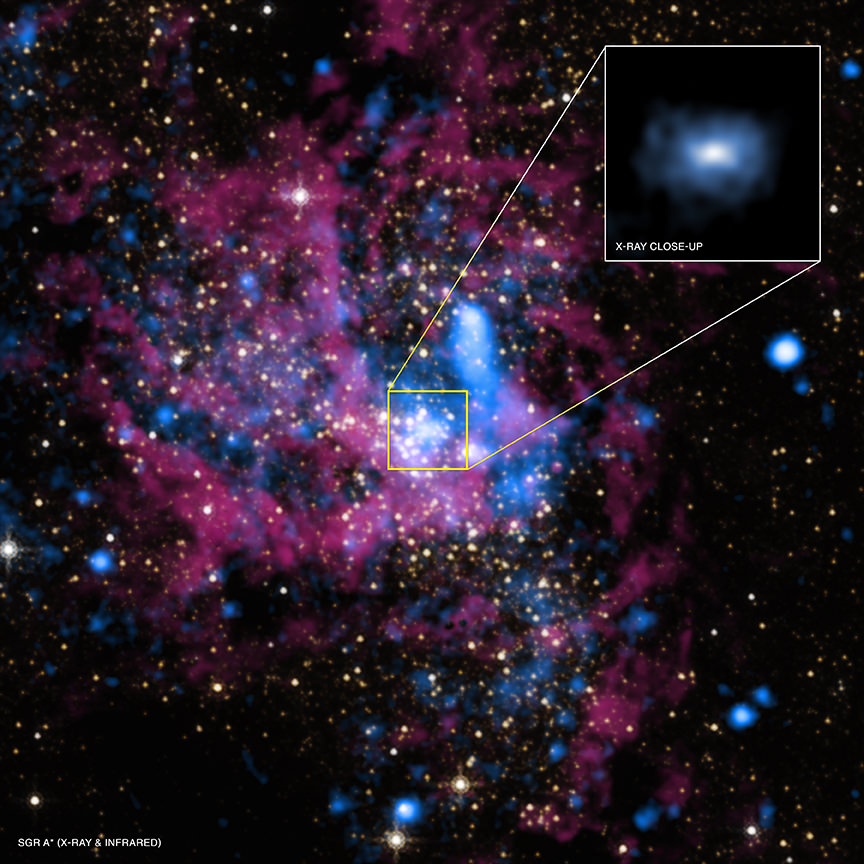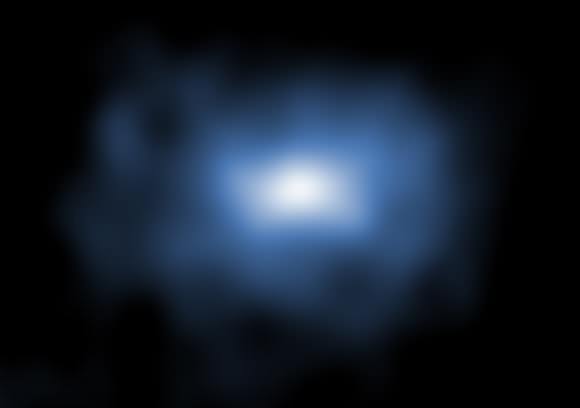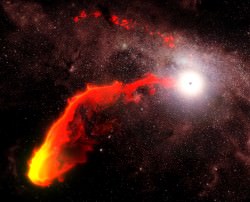A nova farmer would do well in the fields of Sagittarius. Four nights ago on September 27, Japanese amateur Koichi Itagaki plucked another “new star” from its starry furrows, the third nova discovered there this year!
For a few days, it was informally called Nova Sagittarii #3, but today received the official title of V5669 Sagittarii. Like the others, this one’s bright enough to see in a small telescope.
Itagaki first recorded it in his patrol camera at magnitude +9.5. The universe conceals so many of its greatest conflagrations as points of light that go from faint to bright. Novae are no exception. Such is the amateur observer’s lot. We need bring a mental picture, knowledge and a bit of imagination to the table to appreciate this bits of light that go boom in the night.
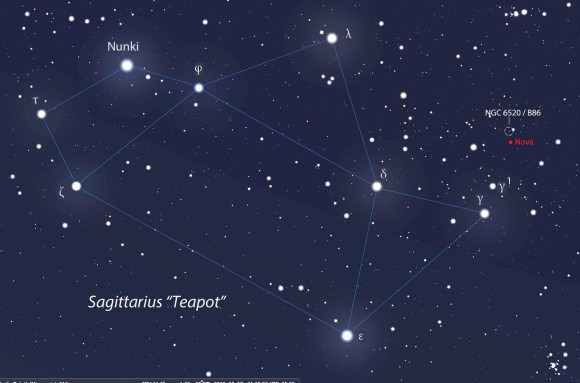
Novae occur in binary star systems where a tiny but gravitationally-powerful white dwarf star pulls gases from a close companion star. The material piles up in a thin layer on the dwarf’s hot surface, fuses and burns explosively in a brilliant display of light. Suddenly, a star that may have been 15th or 20th magnitude flares brightly enough to see in a Walmart telescope.
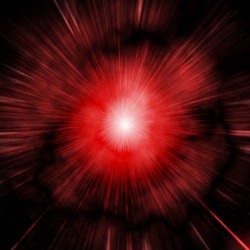
October’s not exactly prime time for viewing Sagittarius for mid-northern observers. By late evening twilight, it’s already in low in the southwestern sky. But if you can find an opening in that direction or if you’re lucky enough to have a 15-minute-wide gap between the trees like I do, you can spot this sucker. I set up my scope shortly before 8 o’clock or about an hour after sundown. Western Sagittarius remains in reasonably good view for about another hour.
Start at the Gamma Sagittarii and star hop from there to Gamma 1 and then north to the small star cluster NGC 6520 and adjacent dark nebula Barnard 86. You may not see the nebula because of atmospheric extinction at low altitude, but the cluster stands out well. A magnitude 7 star lies along its northwestern edge, and the nova is just 1/2 degree from there. If you have a go-to scope, its celestial coordinates are: R.A. 18 hours 3.5 minutes, Dec. -28 degrees 16 minutes.
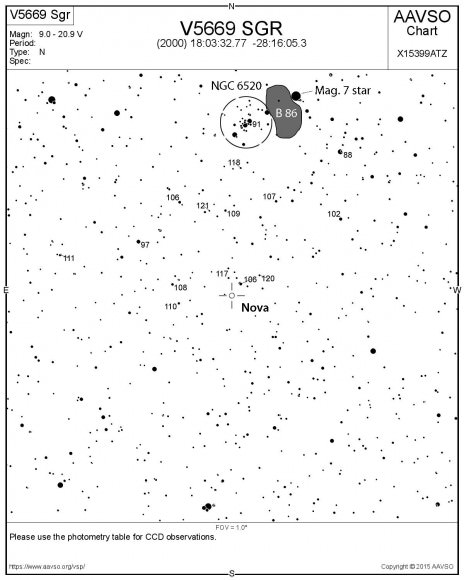
To precisely pinpoint the nova, use the AAVSO chart, which also includes comparison stars with their magnitudes labeled (but without the decimal point). Do you notice any color? Photos show it as pale red from the emission of hydrogen-alpha light in the deep red of the visual spectrum. Novae often emit H-alpha especially in their early, hot “fireball” stage as gases are rapidly expanding from the explosion into space.
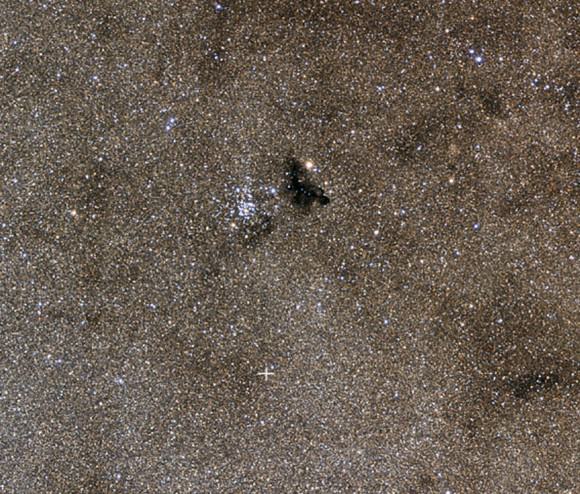
No telling what the star will do in the coming days. That’s what makes novae and variable stars in general so much fun to watch. I caught the star Monday night September 28 at magnitude +8.6. The following night it dropped to 9.3 and then edged back up to 9.2 last night. Astronomers study these fluctuations to understand a nova’s behavior and evolution. I can’t wait to see what it’s doing tonight.
One thing I really like about this nova is its location so near a pretty pair of deep sky objects. On your way to this amazing pinprick of light, stop by the cluster and dark nebula for a final farewell to the summer season.

